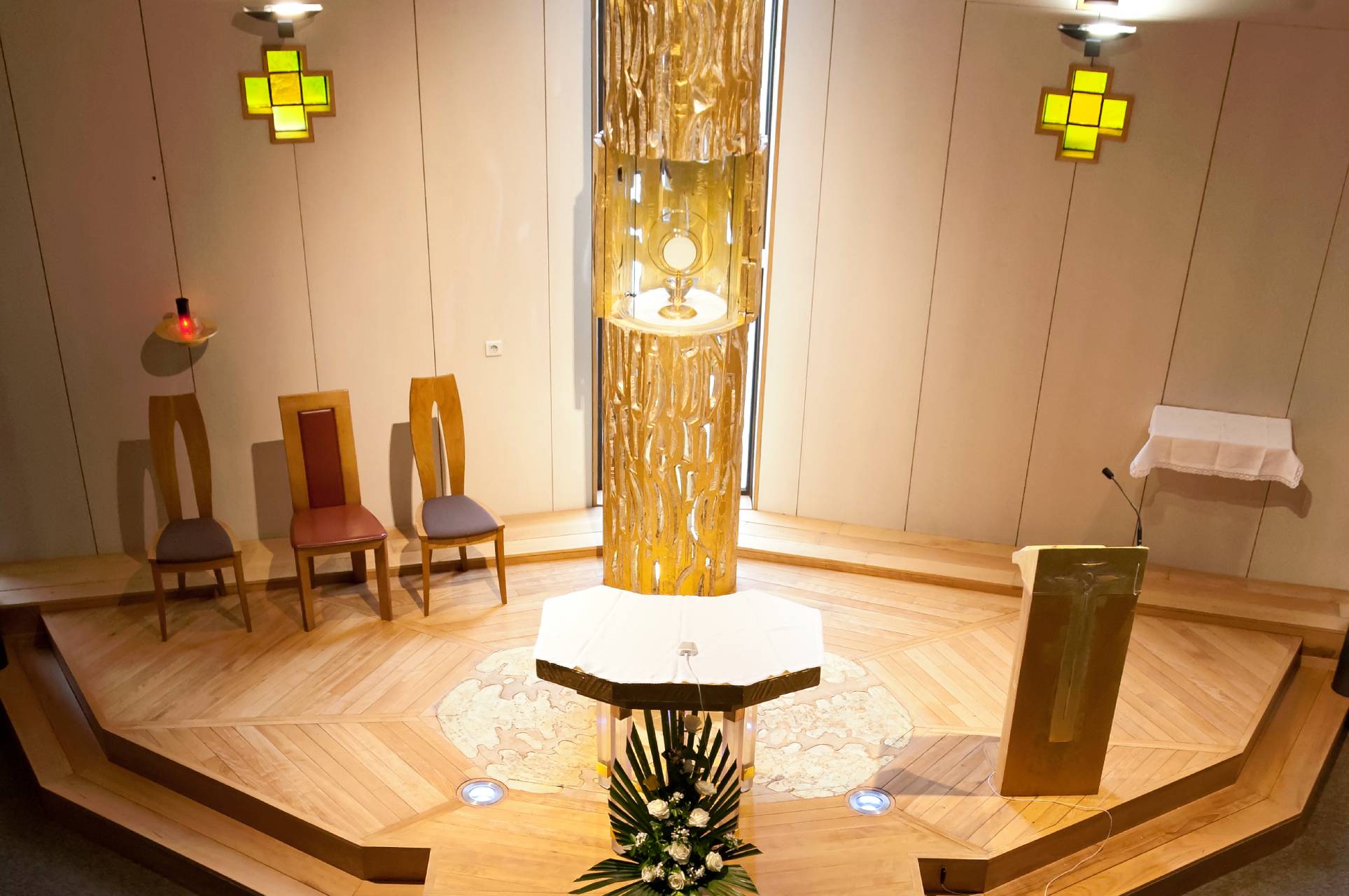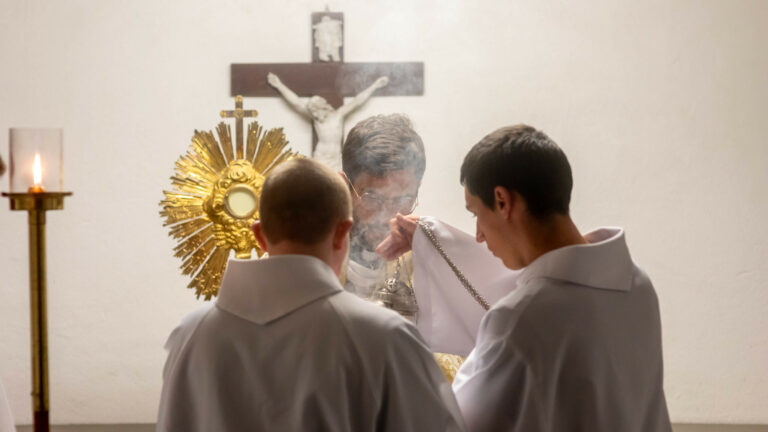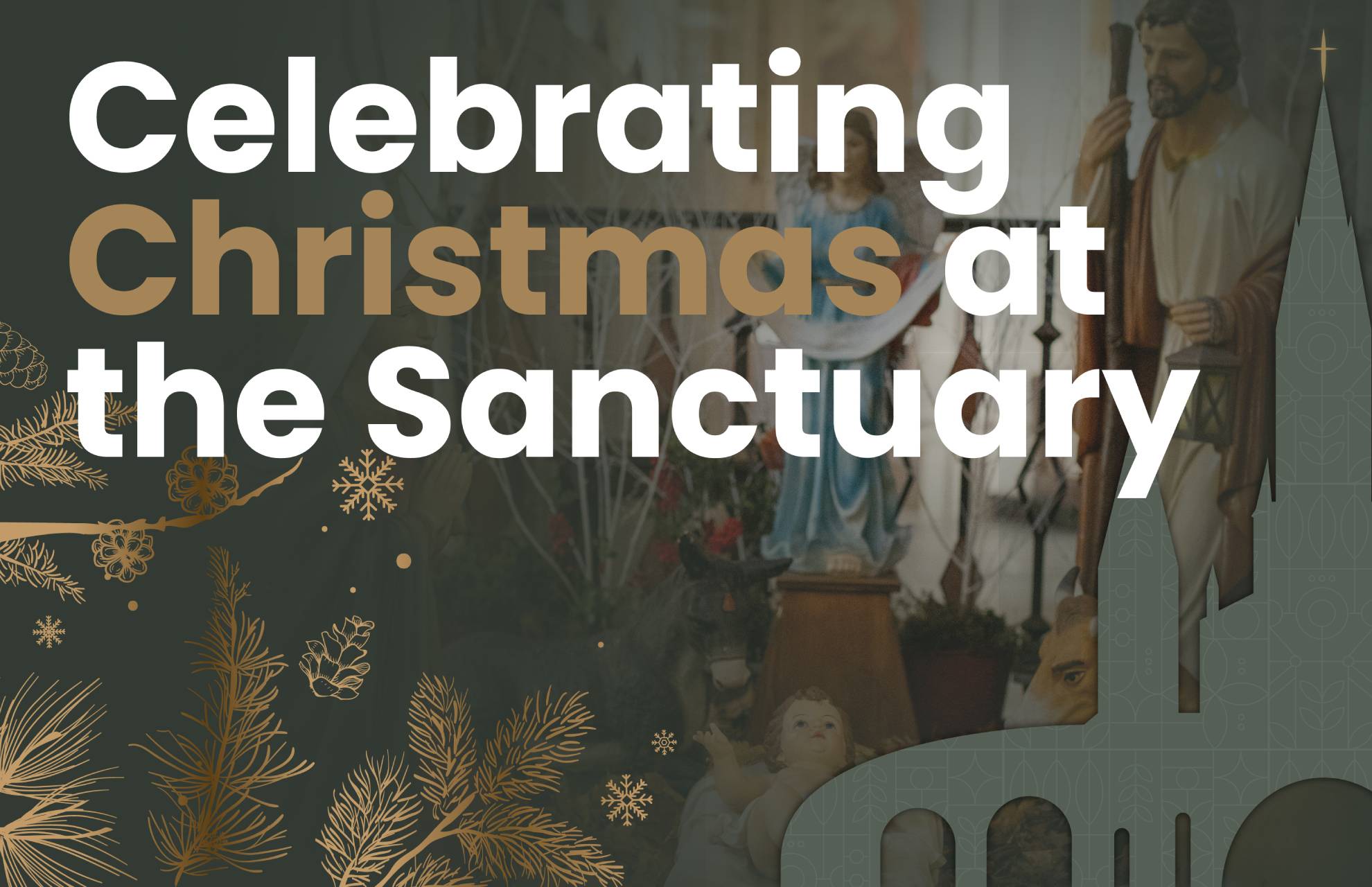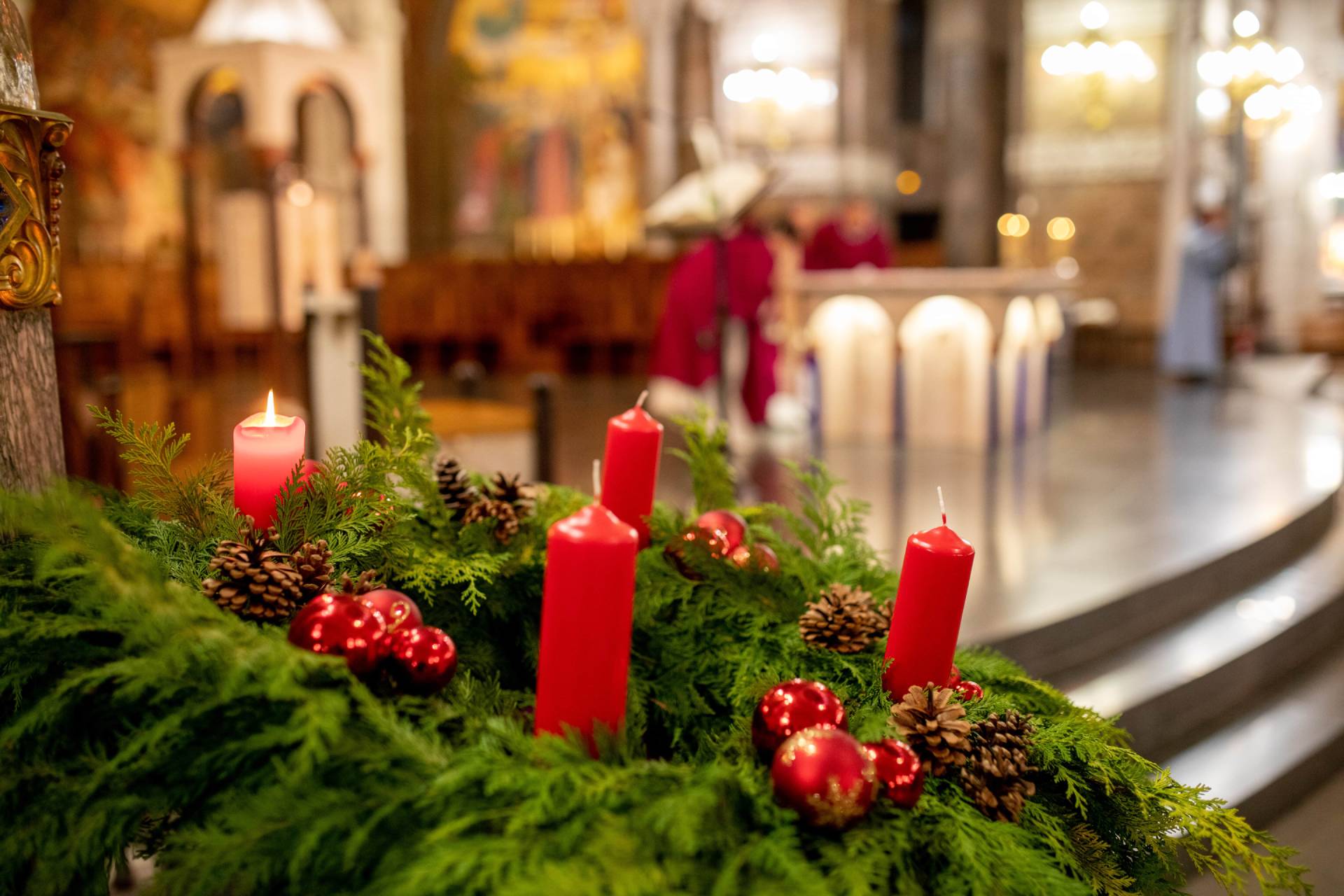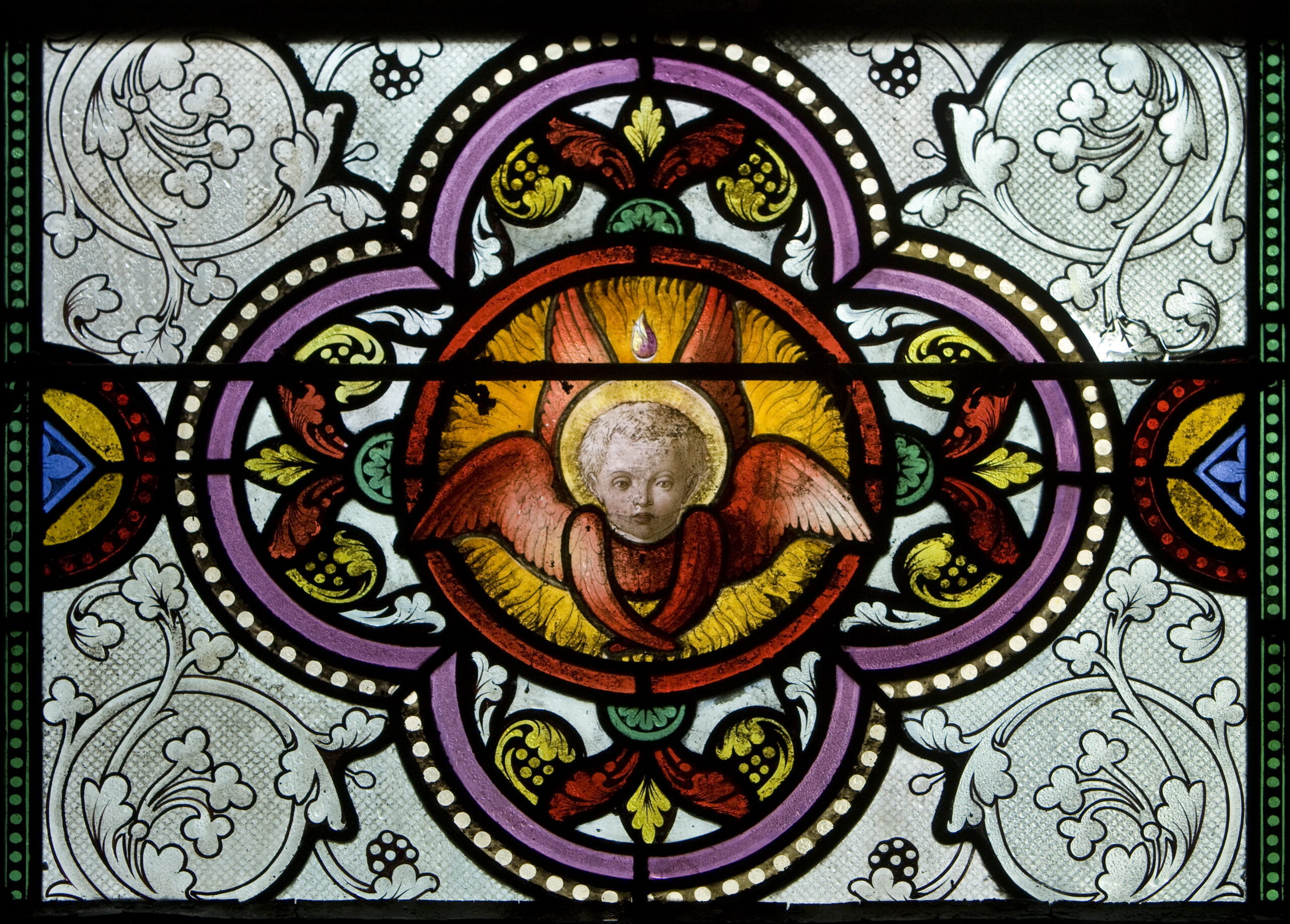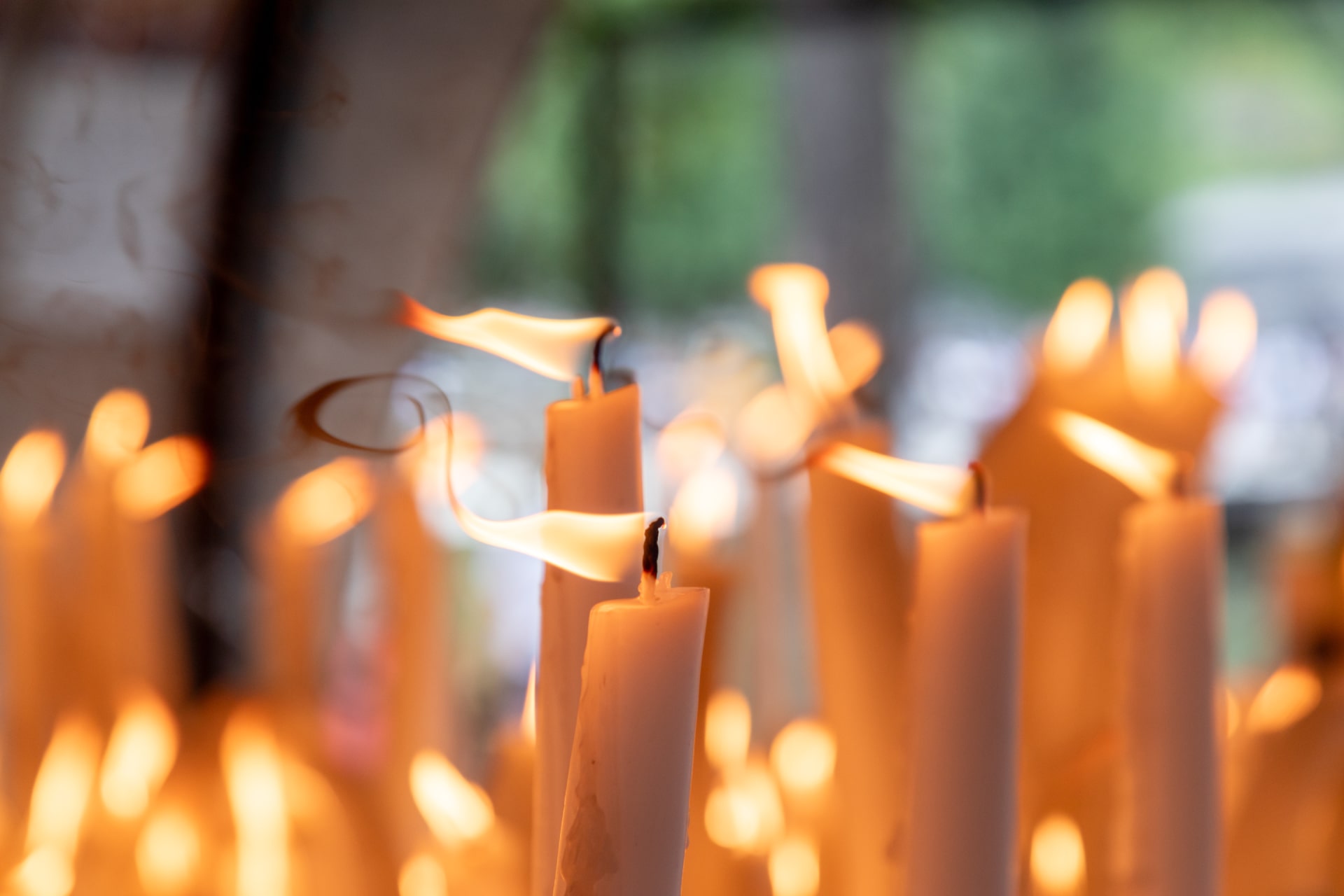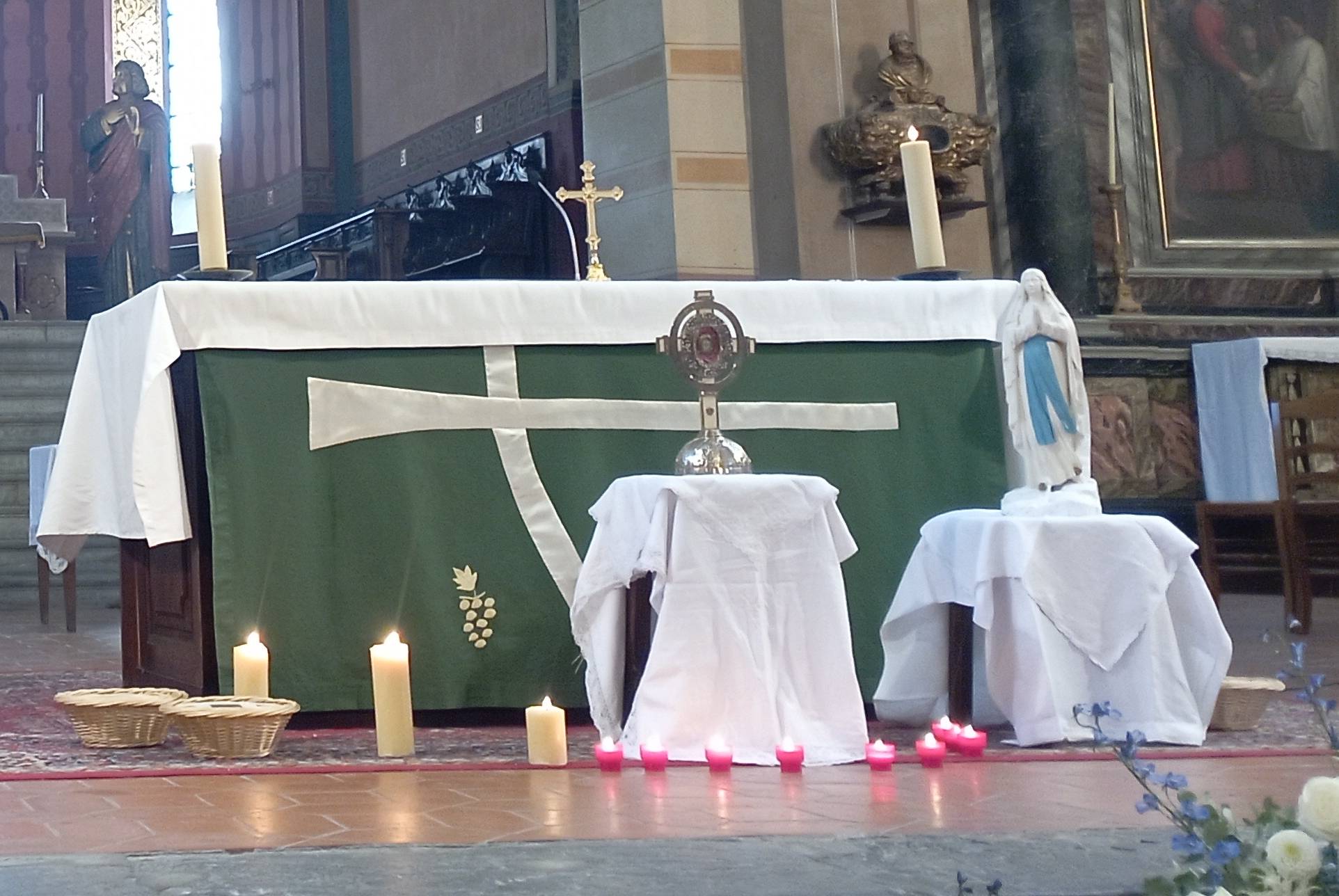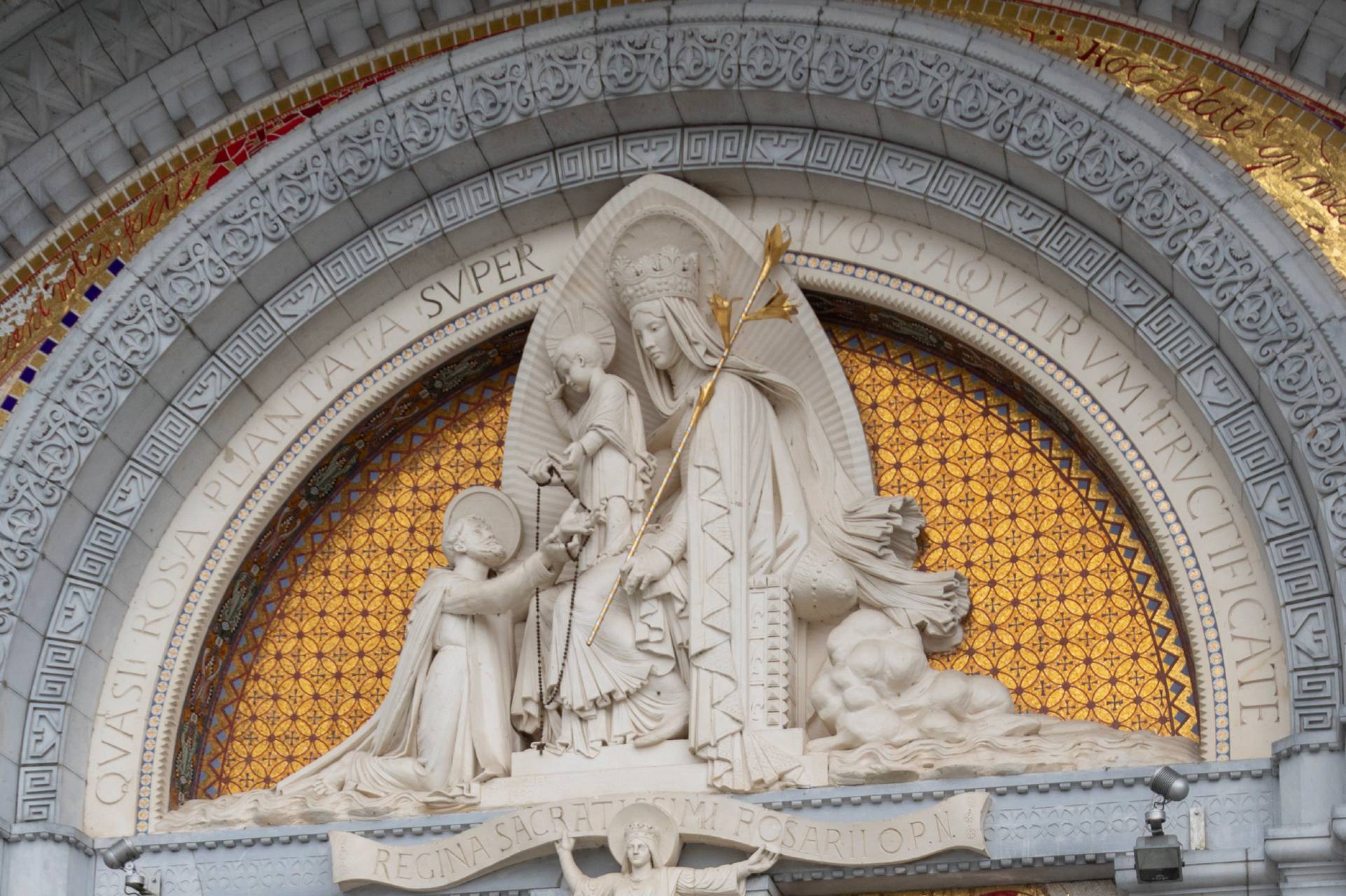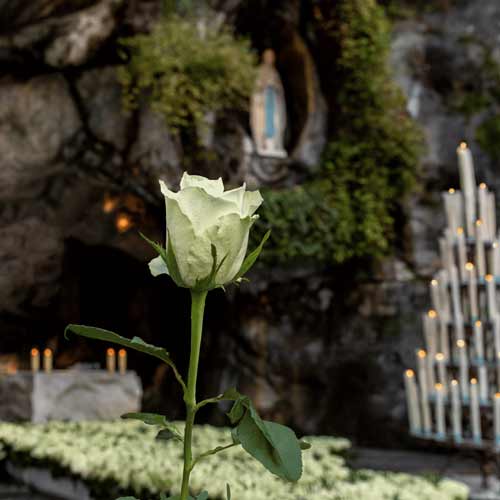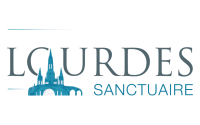The Feast of the Blessed Sacrament (2nd Sunday after Pentecost, in 2025: 22nd June) was instituted in the Middle Ages to commemorate the presence of Jesus Christ in the sacrament of the Eucharist. It is a call to deepen our understanding of the meaning of the Eucharist and its place in our lives. This feast is a celebration of the God of love who manifests himself by giving his body and blood, giving himself to us as the food of eternal life. The meaning of the Feast of the Body and Blood of Christ is slightly different from that of Corpus Christi, which focused more on adoration of the real presence of Christ.
Bernadette: A Soul Hungry for God
This Eucharistic truth profoundly shaped the life of Saint Bernadette Soubirous, despite her not having been able to receive the sacrament at the time.
Programme for Sunday 22nd June
Every year, the Feast of the Blessed Sacrament is celebrated in Lourdes against the backdrop of devout prayer and a sense of community. The sanctuary offers a day marked by Masses, Eucharistic adoration, and moments of silence in the presence of the Blessed Sacrament.
8.00am: Mass at the Adoration chapel followed by Eucharistic Adoration until 5.00pm
9.30am: International Mass at the Basilica of St Pius X followed by a procession to the Grotto with the Blessed Sacrament and prayer of the Angelus.
2.00pm: Follow in the footsteps of Bernadette (meeting point at the Information Centre)
3.00pm: Rosary at the Grotto or carry out the pilgrim gestures independently
5.00pm: Eucharistic procession with blessing of the sick
9.00pm: Marian torchlight procession.
All day: opportunity to perform the pilgrim gestures
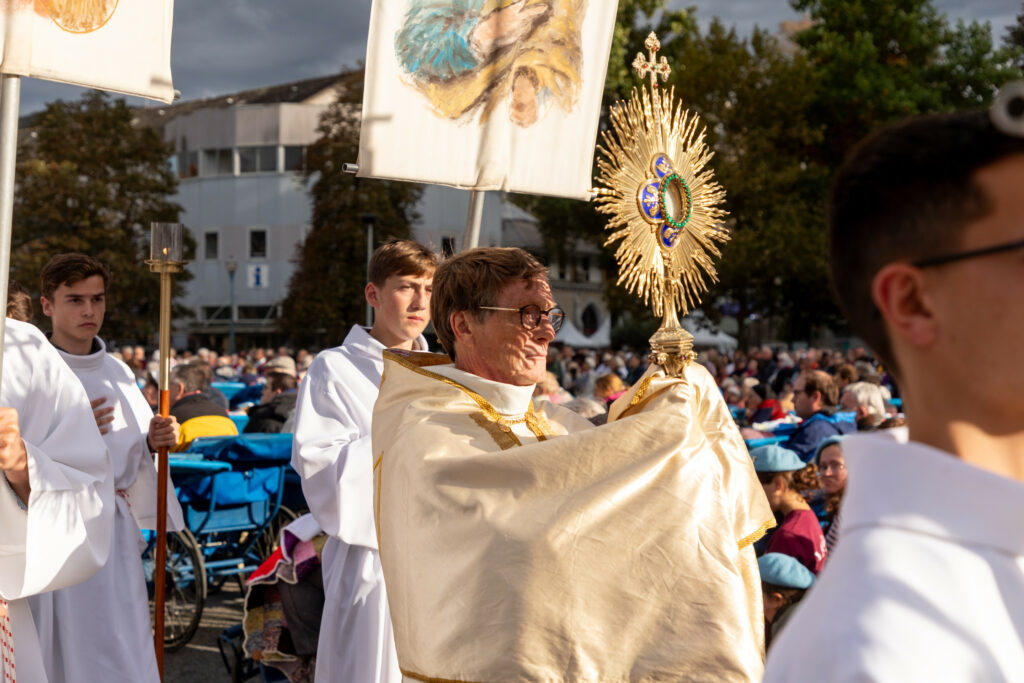
Born into a poor family in 1844, Bernadette grew up materially deprived, but with a strong faith. She could neither read nor write and spoke only the Bigourdan dialect. For a long time, this prevented her from attending catechism classes, an essential requirement at the time for making her First Communion.
Yet her desire to receive Jesus in the Eucharist was immense. She made her First Communion on 3rd June 1858, during the apparitions, at the age of 14. It was a moment of profound grace for her, which she described as one of the most beautiful days of her life. From then on, the Eucharist was the centre of her spiritual life in Lourdes, and later at the convent in Nevers.
The Eucharist, source of life and healing
In the last years of her life, when illness often prevented her from attending Mass and she suffered from insomnia, Bernadette liked to “unite spiritually with all the Masses being celebrated in the world at this very hour.”
In a world where so many people are searching for meaning, for inner peace, for healing of heart and body, the Eucharist provides food for the journey. In Lourdes, a place of consolation and hope, the Blessed Sacrament is a source of healing that is not only physical, but also spiritual: an intimate encounter with the living Christ.
It’s no coincidence that almost a third of the officially recognised miracles in Lourdes occurred during a mass, a Eucharistic procession or a blessing with the Blessed Sacrament. The Eucharist not only heals the body, but it also transforms the soul. The case of Sister Bernadette Moriau, the 70th person whose healing is officially recognised as miraculous, is a striking example: it was after attending benediction with the Blessed Sacrament during a pilgrimage in 2008 that she was suddenly and permanently healed of a severe disability, after decades of suffering.
Like Bernadette Soubirous, who waited with hunger in her soul to receive Jesus, so many pilgrims approach the Blessed Sacrament with faith. And like her, they discover that God does not perform miracles to impress us, but because He loves us.
“I was nothing, and out of that nothing, Jesus made something great. Jesus gives me his heart, so I am heart to heart with Jesus, the wife of Jesus, the friend of Jesus, in other words, another Jesus. So, I have to live by Jesus!” Saint Bernadette


